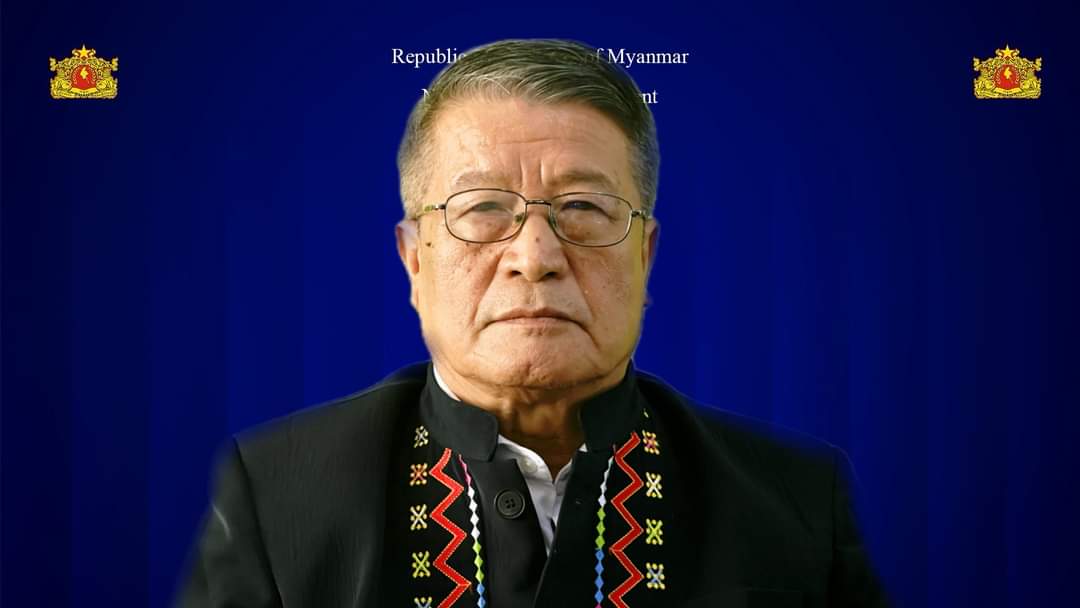
Telecommunication companies in Guatemala
Guatemala’s telecommunications sector is a significant part of its economy, supporting connectivity, trade, and everyday communications across the country. It is characterized by a mixture of both large international companies and local players who offer mobile, internet, and fixed-line services. Here’s an overview of some prominent companies in this space and the key services they provide.
1. Claro Guatemala
Claro is a subsidiary of the Mexican telecommunications giant América Móvil, one of the largest mobile network operators in Latin America. As a major player in Guatemala’s telecommunications market, Claro provides mobile, fixed-line, broadband, and digital TV services. Claro’s extensive coverage and investment in network expansion have allowed it to offer 4G LTE services throughout most of Guatemala. Additionally, the company is working on future-ready technologies, including 5G, which is expected to further boost data speed and reliability. Claro’s service plans are known for flexibility, ranging from prepaid to postpaid options, which have proven popular in a country where many users prefer budget-friendly prepaid services.
2. Tigo Guatemala
Another prominent telecom provider in Guatemala is Tigo, a brand of Millicom International Cellular, a multinational telecom and media company. Tigo has a substantial market share and is known for its high-speed internet, reliable voice services, and digital entertainment options. The company has made significant investments in expanding its 4G and 4.5G networks and has been actively exploring the potential of 5G technology. Tigo’s postpaid and prepaid mobile plans are popular, especially among urban users. In addition to mobile services, Tigo offers cable and satellite television as well as various digital payment services through Tigo Money, a mobile money platform widely used for transactions, bill payments, and remittances.
3. Movistar Guatemala
Movistar, a subsidiary of Telefónica, has been a part of Guatemala’s telecommunications landscape, primarily providing mobile and data services. However, due to market consolidation and business changes, Movistar sold its operations in Central America, including Guatemala, to América Móvil in recent years. This acquisition allowed Claro to further consolidate its market presence. Nonetheless, Movistar remains a notable brand as it still holds customer recognition and loyalty due to its years of presence in the region, and its brand may continue to evolve under Claro’s oversight.
4. Telefónica Guatemala
Telefónica, a Spanish multinational telecommunications company, had previously been active in Guatemala’s telecommunications market but sold its local operations to América Móvil. Before this acquisition, Telefónica contributed to the market by offering services under the Movistar brand. Even though Telefónica’s presence has diminished due to the acquisition, its legacy in providing competitive mobile and internet services continues to influence the current offerings in Guatemala.
5. Local Internet Service Providers (ISPs)
Beyond the major telecommunications giants, Guatemala has several local ISPs that cater to niche markets and specific regions. Some of these providers focus on internet access for rural areas, a critical need given the country’s challenging terrain and the importance of expanding connectivity to under-served regions. Companies like Blue Communications and other regional ISPs provide alternative internet solutions, including fixed wireless access, to remote communities. These local ISPs play a crucial role in bridging the digital divide by providing connectivity options in areas where major telecom operators may not have extensive coverage.
Challenges and Future Prospects
Despite the advances, Guatemala’s telecommunications sector faces several challenges, particularly in rural connectivity. Urban centers like Guatemala City and Quetzaltenango enjoy relatively high internet speeds and reliable service, but rural areas often face slower connections and less reliable coverage. The country’s mountainous geography and underdeveloped infrastructure make it difficult to establish the necessary infrastructure for high-speed networks in remote areas.
However, the government and private sector are actively working to improve connectivity across the country. Investment in infrastructure and the gradual introduction of 5G technology are promising steps forward. Telecommunications companies are also exploring partnerships with local communities to build affordable and sustainable connectivity solutions for rural areas. The expansion of mobile money services is another positive trend, helping to foster financial inclusion and allowing people in remote locations to access digital financial services.
In summary, Guatemala’s telecommunications market is evolving, driven by major players like Claro, Tigo, and regional ISPs working to meet growing demand. With continued investment and technological upgrades, the country is on a path to broader connectivity and improved digital services, bringing new opportunities to urban and rural residents alike.




Leave a Reply